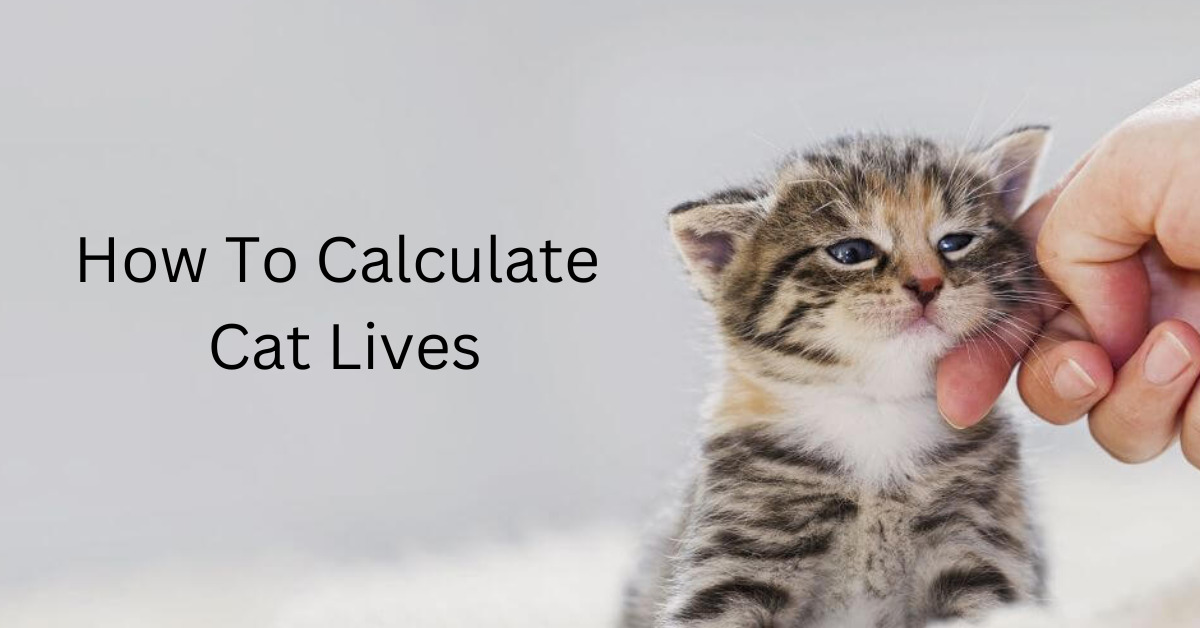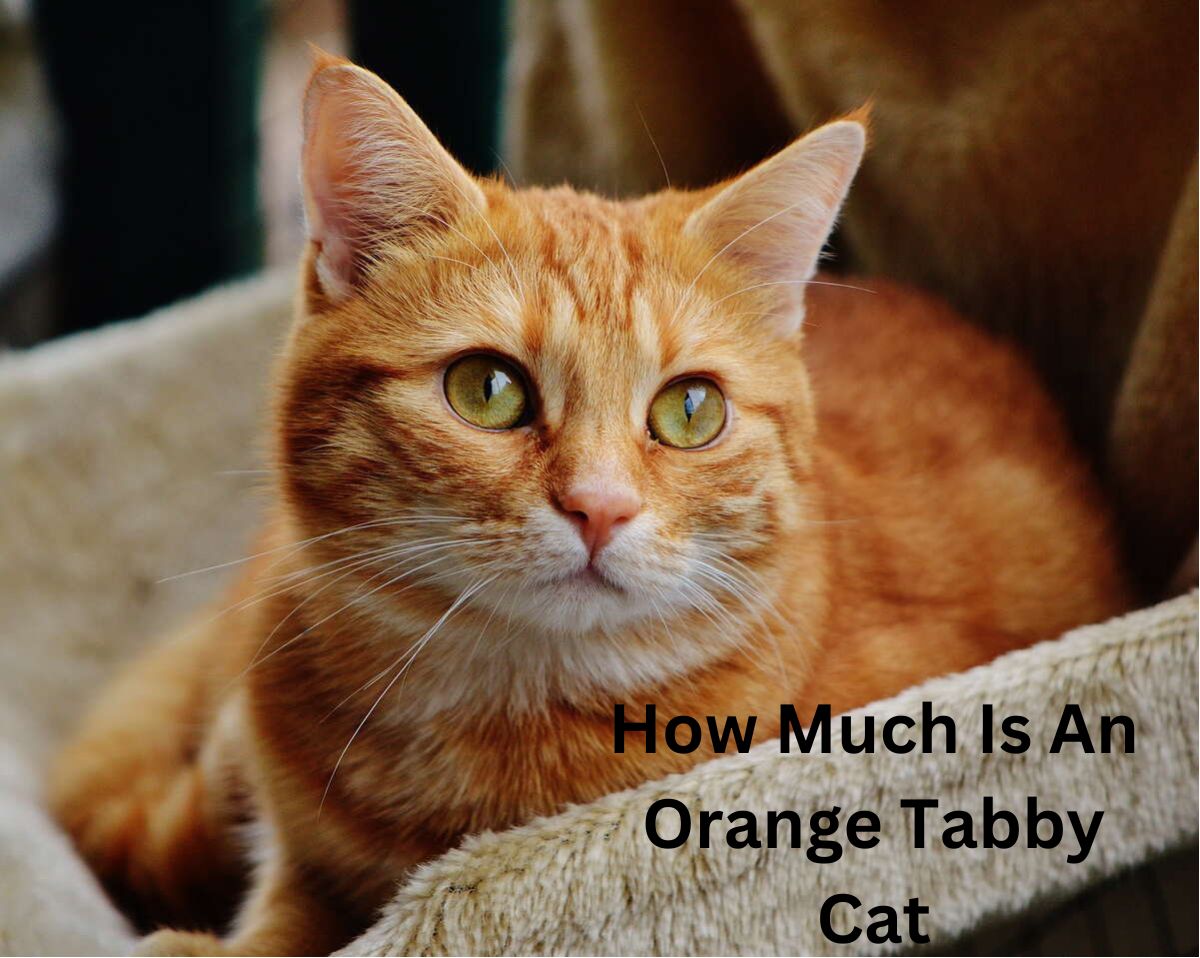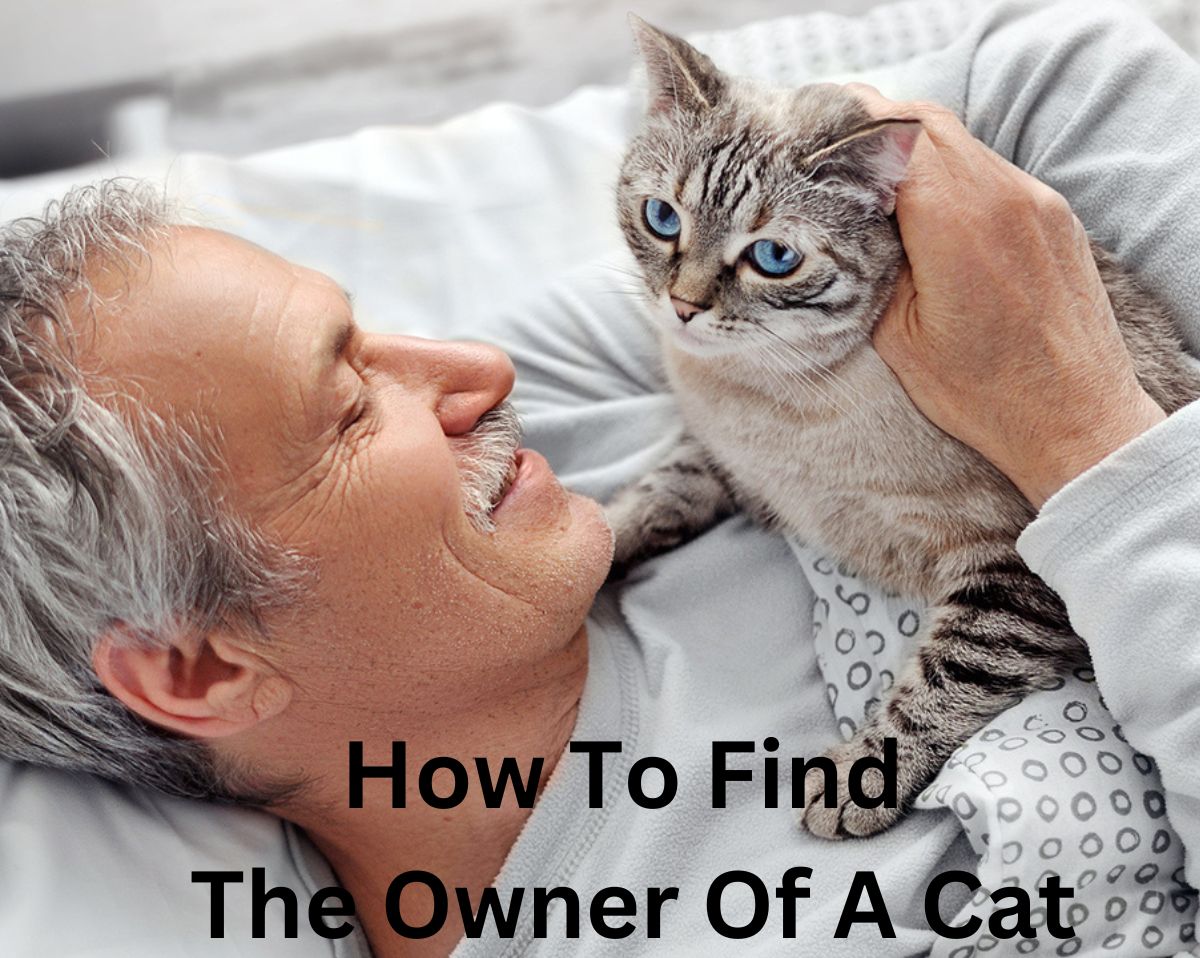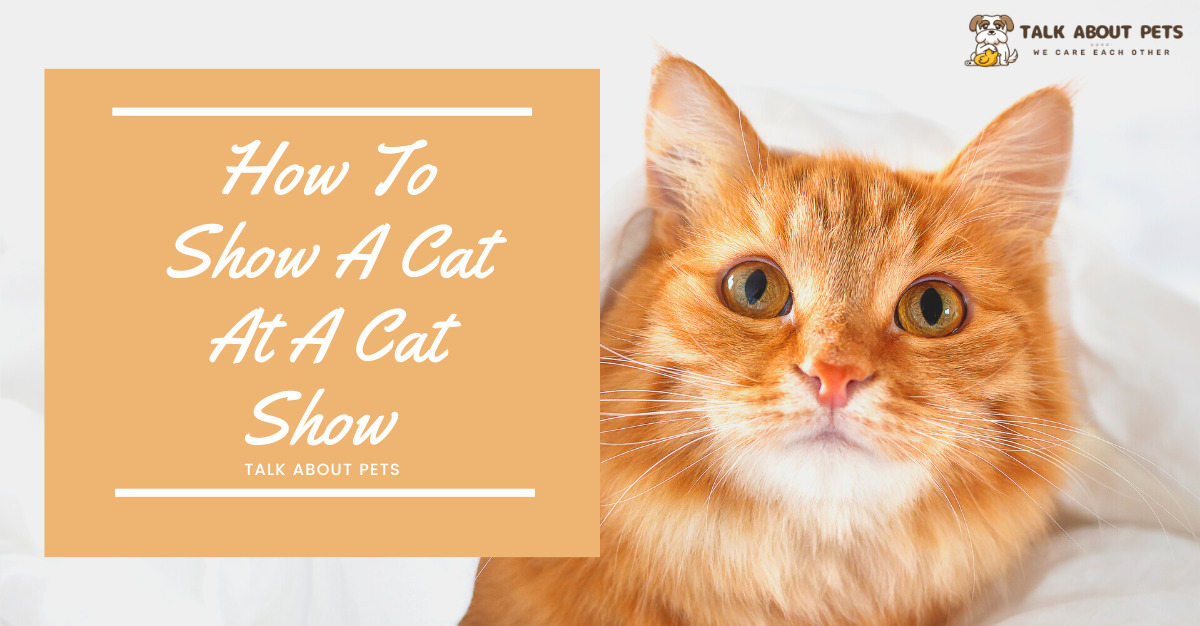The term “cat lives” has become increasingly popular in recent years. People use it to describe how much they love their kitties, or to emphasize that your dog is an important part of your life, but what about our cats?
Some people feel like there are always too many fliers around for your cat to enjoy outdoor time,
While others worry about safety when letting them outside!
Most veterinarians agree that indoor/protected-yard feline living conditions are the most appropriate way to house a cat. This is due to two major reasons: health and welfare.
Indoor cats do not have access to resources such as trees, grassy areas, and shelter structures, which can be helpful for their mental well-being. They also cannot get into trouble, limiting opportunities for destructive behavior.
Also Read – How Much Cat Litter Per Month
Some experts believe that extended periods of protected yard housing are harmful to certain cats. A few felines suffer from separation anxiety and need more socialization to ensure they find other companions. Others need exposure to new environments to thrive.
Unfortunately, these individuals are limited by enclosure design.
There are several methods you can use to determine the best environment for your current cat, as well as tips to help you maintain this lifestyle once done.
Using numbers to check your cat’s needs is one effective approach to ensuring their happiness and wellness.
Let us look at some ways to calculate cat life.
Factor in how long your cat spends awake
A lot of people think that if you give your dog or cat food, they will eat it! Unfortunately, this is not always the case.
Some animals need more sleep than others. Yours probably does too!
If you look at photos of dogs and cats who are hungry, they usually have very wide eyes and their tongues lolling out. They seem to be trying hard to focus on what they can see and swallow.
Dogs and cats need only 5% to 10% of their body weight in glucose per day to survive. This means that a small amount of food isn’t enough to keep them going!
When they are asleep, their bodies use something called non-rapid eye movement (NREM) sleep for restoration. NREM sleep helps regulate hormones and immune function and keeps us feeling relaxed and refreshed.
So even though your kitty or pooch may appear to be sleeping all the time,
She/he is spending some of this time awake and eating energy from her/his internal stores.
Cat lives are different from human ones because cats spend less time in REM sleep and more time in NREM sleep. The average domestic short hair cat sleeps around 16 hours a night which makes up about 6% of his total sleep time being awake.
This could be why he seems so lethargic and uninterested in things most other days.
Multiply the number of hours by your cat’s weight
The next step in calculating how many years your kitty will live is multiplying this total time by his or her average life expectancy. Most experts agree that most cats reach at least 6 years, if not more!
Some sources say that one can expect about two years for each year spent with your cat. This would mean that your cat could spend the rest of their lives alone!
By having limiting factors like food and water, as well as appropriate shelter and health care, you want to make sure your pet does not suffer needlessly before they die. Your loved ones may also be able to connect with them less quickly than normal due to this.
Cat owners often feel bad because they think their cat has run out of time. But knowing the lifespan of your feline friend helps put things into perspective.
Multiply the number of hours by 5
Although most people think that owning a cat means spending lots of money, actually keeping your cat alive costs less than you might believe!
Most owners underestimate how long it takes for their cats to eat and drink enough to survive. This is one of the biggest cost factors in ensuring your kitty’s health and happiness.
A lot of this wasted time comes down to differences in individual cats’ eating habits and water requirements. Some dogs are more efficient at consuming food, while other animals need longer to meet their hunger.
And just like humans, some cats need twice as much drinking liquid as others. For example, our very active boy cat needs two bowls of water per day!
If you want to keep your beloved feline companion happy and healthy, be sure to give him or her appropriate amounts of food and water every day.
Subtract this number from 12
Many people assume that unless your cat is eating at least a pound of food a day, it is not feeding itself properly. While this may be true for kittens, as they need more nutrition to grow, this is not the case once your pet reaches middle age.
For example, if you look at the average weight of an 8-year-old cat, she will weigh around 4–5 kg (8–10 lb). However, when you factor in her body size, she weighs about 6–7kg (13–15lb)! This means that she is starving herself!
This can have very negative health effects on your cat such as skin and mouth problems, low muscle tone, loss of appetite, etc. If you notice any changes like these, it is important to check with your veterinarian immediately.
Use this number as the number of hours your cat should sleep
The average domestic housecat sleeps around eight (8) hours per night. Some cats are very busy, active animals that stay up late and need more sleep, while other lazy or solitary cats only need a few minutes of rest before they get back into action.
Some experts recommend limiting sleeping time to two hours for every twelve hours to ensure enough quality sleep is received. But most owners let their dogs take longer naps during the day!
If you want to see how much sleep your cat needs, try keeping him/her awake for one hour each morning and dusk each evening and note how long it takes them to drop off asleep.
This can be done by waiting for them to relax and lose body temperature, or by watching them sleep at home. You can also use a sleep meter to verify that your cat is not getting adequate sleep.
Calculate how long your cat needs to rest
The second way to calculate the length of time needed for your cat to feel relaxed is by figuring out how much sleep it gets about its activity level. If it seems like it’s not sleeping very much but it’s active all day, that may state it doesn’t need as many hours of sleep.
A rule of thumb we use here at Animal Angels is that every 10 minutes an animal sleeps for about two-thirds of a minute. That means if it takes it one hour to wake up after falling asleep, it will need three hours of sleep
So if you want to know how many hours your kitty needs to relax, subtract half of the number of minutes passed since it last slept from ten. This calculation should be done once per week, on Sunday night or Monday morning.
Multiply the number of hours your cat spends awake by 1.5
The multiplication factor one should use when calculating how many years your cat will live comes down to what kind of person you are. If you enjoy spending time with your loved ones, then add this multiplier to your life.
If you love watching television or listening to music, then use a higher multiplier than if you like reading books or studying materials. Because cats need more attention, we must give them longer intervals between interactions to feel that their needs have been met!
By using the average lifespan of other similarly-sized animals as our baseline, we can determine an appropriate age for your cat. For example, dogs are typically at least three years and some up to eight!
That is why there are so many adult dogs walking around today. So by using those numbers as our base, we know that most dogs reach an average of five years which makes it clear that most dogs do not spend very much time sleeping!
This knowledge helps us calculate how long our pet will likely live through mathematical logic.
Multiply the number of hours your cat spends awake by 2
The number you get in this equation referred as the constant factor or multiplication value. This is because it is used to multiply another number, which represents how many years your cat has been alive.
The average person generally thinks that when their dog gets old, they will give it away to a shelter or retirement home. But what about giving away their pet?
Many people believe that if your animal does not make a significant impact on you, then it is time to let it go. However, this assumption is false. According to the ASPCA, leaving your pet behind can be one of the most expensive decisions you ever make.
On average, every year that an owner lets their dog or cat age out is equal to spending around $1,500-2,000. Why? Because death shelters are not free!
Many of these costs include things like food, litter, blankets, bowls, toys, medicine, and more. All these items cost money! Therefore, instead of letting your dog or cat suffer, help save them by educating yourself on ways to prolong their lives.





